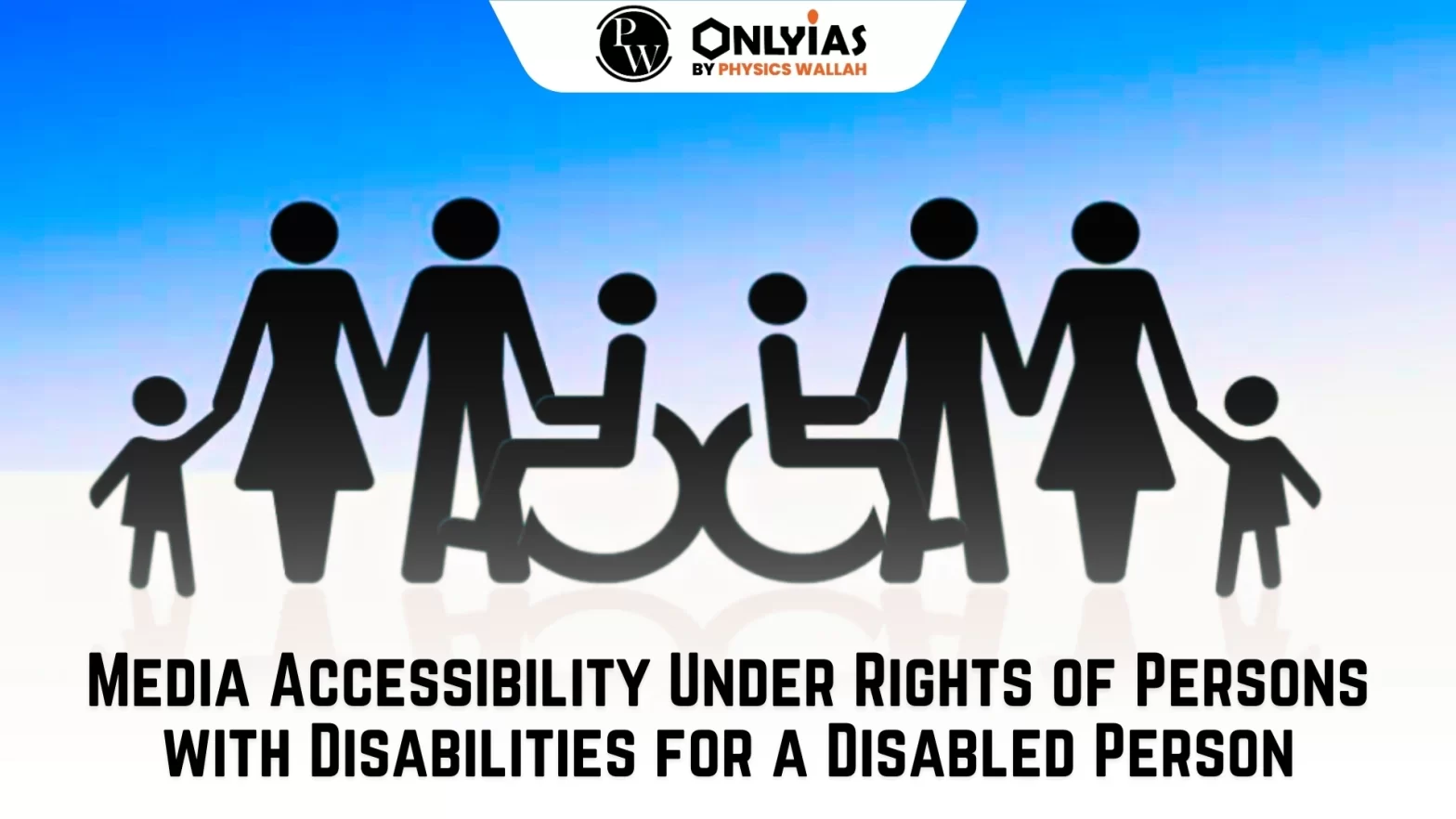![]() 23 Oct 2023
23 Oct 2023

| Relevancy for Prelims: Rights of Persons with Disabilities (RPwD) Act, 2016 and Digital Content Package (DCP), Protection from Discrimination
Relevancy for Mains: Media Accessibility and its associated challenges and significance for differently-abled persons in India, Benefit of Reservation in Education and Employment, Role of Rights of Persons with Disabilities (RPwD) Act, 2016 in enhancing inclusivity. |
|---|

<div class="new-fform">
</div>